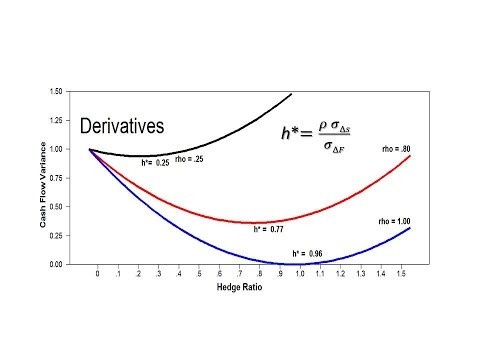PutCall Parity Arbitrage Opportunities in NIFTY Index Options Market
Post on: 5 Июль, 2015 No Comment

This paper aims to analyze the efficiency of the Nifty options market. The put-call parity relation is used to test the efficiency of the relative prices of calls and puts. For a sample of Nifty index options for the period 2001-2006, significant violations in put-call parity was observed after factoring the trading costs suggesting that options market is not efficient, thus lending credence to the observation that significant arbitrage opportunities might exist for alert traders.
Derivative trading started in India in 2000. Since then the average derivative trading volume in National Stock Exchange (NSE) has increased from Rs. 20 mn in 2001 to around Rs. 200 bn in 2006. Though both futures and options were introduced around the same time and the trading volume has increased manifold over the years, the size of futures market is many times that of the options market. The average daily trading volume of index futures increased from Rs. 595 mn to Rs. 87.28 bn over the period from July 2001 to March 2006, over the same period the average daily volume of index options traded increased from Rs. 148 mn to Rs. 21.4 bn. The average daily traded volume in futures market for index options is four times that of the options index market. The efficiency of derivatives market is important not only for investors to invest, speculate or hedge but also for the policymakers, as growth of financial markets is linked to their efficient functioning. With relatively low volumes traded in the options market it would be of interest to study the efficiency of options market for investor and traders alike.
This paper concerns itself with testing the arbitrage efficiency of Nifty index options in the Indian markets. We use the put-call parity to test the options market efficiency rather than analyzing whether the options are priced efficiently using popular option pricing models, for example, Black-Scholes Options Pricing Model. One important reason is that put-call parity helps us to test the relative price of options rather than check whether the absolute price of options is valued in line with a model, thereby avoiding the concerns of the limitations of the model in correctly valuing the option price. Secondly, put-call parity is based on arbitrage arguments which are easy to comprehend and apply apart from not imposing any restriction on investor preferences or distributional assumptions on asset returns. If put is overpriced relative to call then traders can exploit the situation by buying the underpriced call, writing the overpriced put and shorting the index and investing the amount in a risk-free bond such that he earns a strike price at the maturity of the option. Similarly, if call price is overpriced relative to put price then traders can write the overpriced call, buy the underpriced put and stock and borrow the present value of the strike price discounted at risk-free rate, so that he needs to repay the strike price at maturity. Either way the investors can exploit the arbitrage profits. Whether arbitrage opportunities exist wide enough to be exploited even after transaction costs are considered is the question that we would like to answer in this paper.














